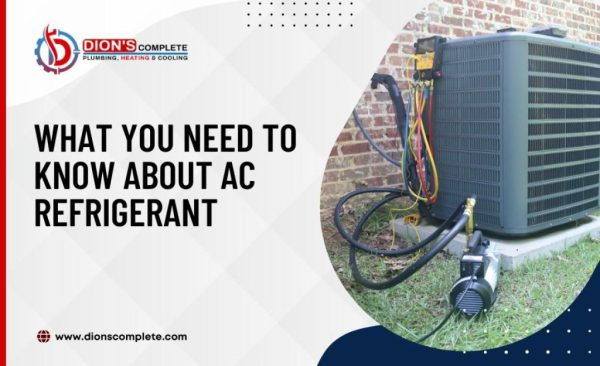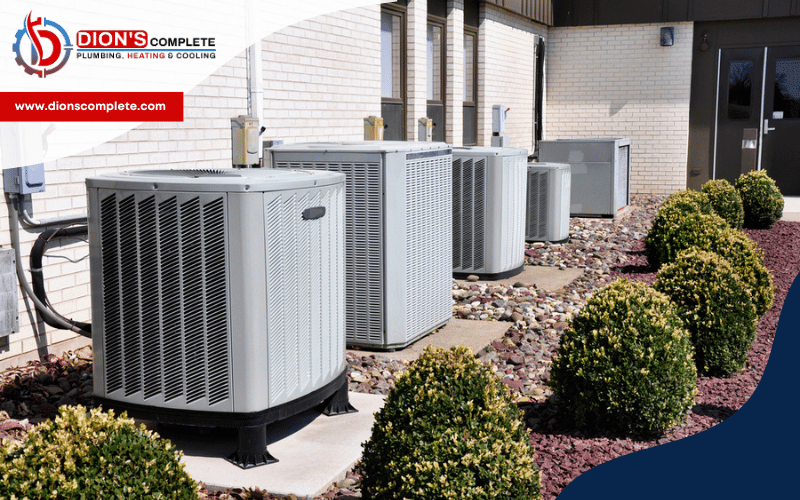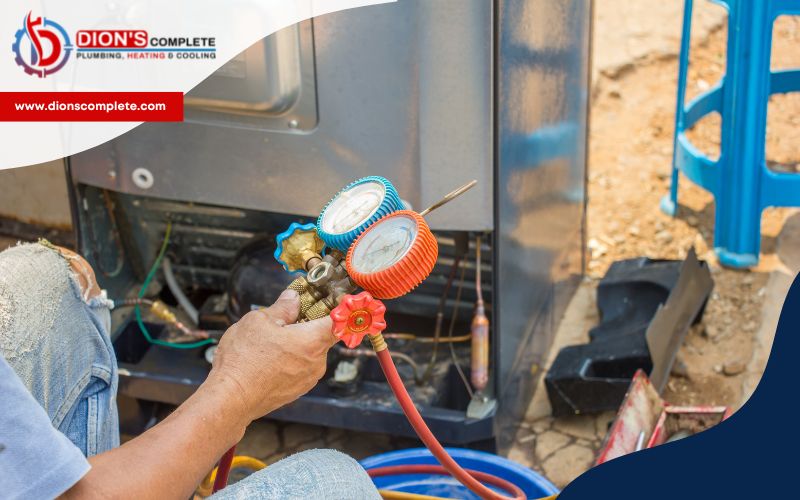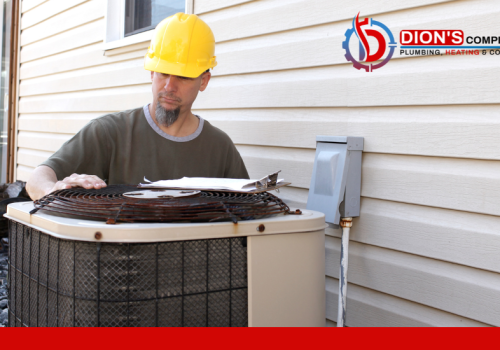Air conditioning is an essential part of modern living. Without it, summer months would be unbearable. But sometimes, even the best air conditioners can break down, leaving you sweltering in the heat. One of the most common problems with air conditioners is low refrigerant levels. In this guide, we'll explore everything you need to know about AC refrigerant, including what it is, how it works, and how to diagnose and fix common problems.
What is AC Refrigerant?
Refrigerant is a fluid that circulates through your air conditioning system, absorbing and releasing heat to keep your home cool. Without refrigerant, your air conditioner would be unable to produce cold air. In other words, refrigerant is what makes air conditioning possible.
How Does AC Refrigerant Work?
When you turn on your air conditioner, refrigerant flows through the compressor and condenser, absorbing heat from inside your home and releasing it outside. As the refrigerant flows through the evaporator, it absorbs heat and turns into a gas. The blower fan then blows air over the evaporator coil, and the now-cold air is circulated throughout your home.
Types of AC Refrigerant
When it comes to air conditioning systems, there are two main types of refrigerant that are used. These are R-22 and R-410A.
- R-22 - R-22, also known as Freon, was the most commonly used refrigerant for many years. It has excellent thermodynamic properties and is very effective at cooling air. However, it is being phased out due to its harmful effects on the environment. R-22 contains chlorine, which can contribute to ozone depletion. The production and import of R-22 have been banned in the United States since 2020. If your air conditioner was manufactured before 2010, it likely uses R-22 refrigerant. If you have an older system that uses R-22, it may be time to consider upgrading to a newer, more environmentally friendly system.
- R-410A - On the other hand, R-410A, also known as Puron, is a newer and more environmentally friendly refrigerant. It does not contain chlorine, which means it does not contribute to ozone depletion. R-410A is considered to be a better alternative to R-22 because it is more energy efficient and can provide better cooling performance. It is now the standard refrigerant used in most new air conditioning systems. If you are purchasing a new air conditioner, make sure that it uses R-410A refrigerant.
It is important to note that R-22 and R-410A are not interchangeable. You cannot use R-410A in a system that was designed for R-22, and vice versa. If you need to recharge your air conditioner, make sure that you use the correct type of refrigerant.
Signs of Low AC Refrigerant
If you notice that your air conditioner is not cooling your home effectively, it could be a sign of low refrigerant levels. Low refrigerant levels can cause your air conditioner to blow warm air or not cool your home at all. There are several signs that you can look out for to determine whether your air conditioner has low refrigerant levels.
- Warm air coming from vents
- Poor airflow
- Ice buildup on the evaporator coil
- High energy bills
- Strange noises coming from your air conditioner
If you notice any of these signs, it's important to address the problem as soon as possible to prevent further damage to your air conditioning system. Contact a professional HVAC technician to diagnose the problem and recharge your air conditioning system with the appropriate amount of refrigerant.
Causes of Refrigerant Leaks
Refrigerant leaks are a common problem with air conditioning systems, and they can be caused by several factors including:
- Age and wear and tear
- Corrosion or damage to the evaporator coil
- Improper installation or maintenance
- Physical damage to the refrigerant lines
It's important to address refrigerant leaks as soon as possible, as they can cause your air conditioning system to stop working altogether. If you suspect that your air conditioning system has a refrigerant leak, contact a professional HVAC technician to diagnose the problem and repair the leak.
Dangers of Refrigerant Leaks
Refrigerant leaks not only lead to a malfunctioning air conditioning system, but they can also be dangerous. Refrigerant is a toxic gas that can cause serious health problems if inhaled. Additionally, refrigerant contributes to ozone depletion and global warming if released into the atmosphere.
Can you Add Refrigerant Yourself?
It's important to note that adding refrigerant to your air conditioning system is not a DIY project. In fact, it's illegal to handle refrigerant without proper certification. Attempting to add refrigerant yourself can be dangerous and can cause serious damage to your air conditioning system.
When to Call a Professional
If you notice any signs of low refrigerant, such as warm air blowing from your vents or poor airflow, it's important to call a professional HVAC technician. They will be able to diagnose and fix the problem, ensuring that your air conditioner is functioning properly and efficiently.
How to Choose the Right AC Technician
When choosing an HVAC technician to repair your air conditioning system, it's important to choose someone who is licensed and insured. Additionally, look for a technician who has experience working with your specific type of air conditioning system.
Reading reviews and asking for referrals from friends and family can also help you find a reputable technician.
Preventative Maintenance for your AC
Regular maintenance is key to preventing refrigerant leaks and other common air conditioning problems. It's important to have your air conditioning system serviced by a professional technician at least once a year.
During a maintenance visit, a technician will inspect your system for any potential problems, clean and lubricate moving parts, and recharge your system with the correct amount of refrigerant.
Refrigerant is a crucial component of your air conditioning system, and low refrigerant levels can lead to a malfunctioning and inefficient air conditioner. By understanding how refrigerant works, how to diagnose common problems, and when to call a professional for help, you can ensure that your air conditioner is functioning properly and efficiently, keeping you cool and comfortable all summer long.
Conclusion
AC refrigerant is a critical component of any air conditioning system. It is responsible for absorbing heat from the indoor air and transferring it outside, thus maintaining the desired temperature. It is important to use environmentally friendly refrigerants and maintain the refrigerant level to ensure that the unit is running smoothly and efficiently.







